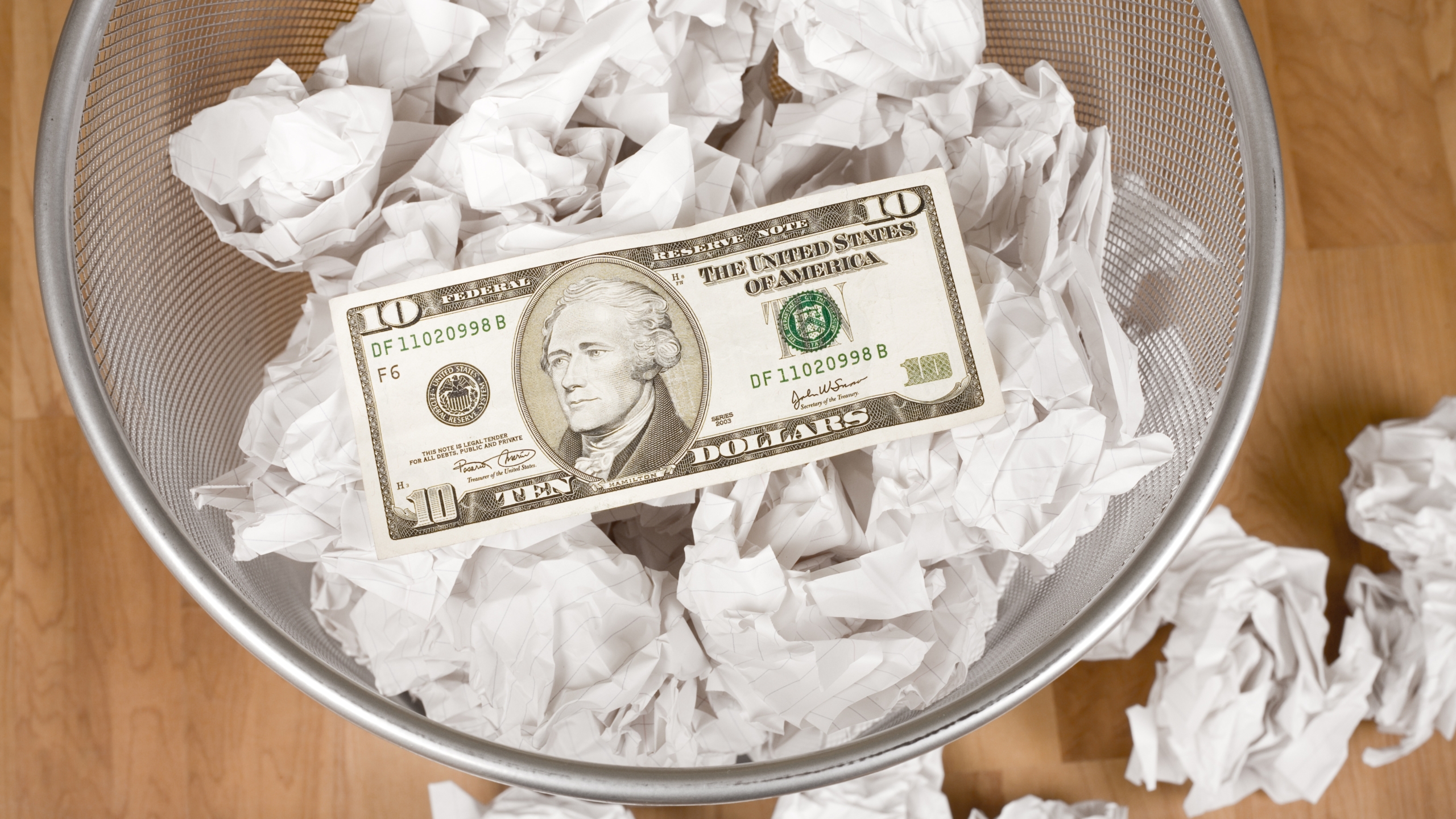“It runs, it turns, it doesn’t squeal, so my lubrication system must be fine, right?” At LH Travis, we call that “run-to-failure” maintenance, a common belief we often hear at companies across the Southeast, Central Florida, and Winter Haven that costs more than you think.
Just because an automatic lubrication system hasn’t broken down doesn’t mean it’s running efficiently. To better understand what we mean, let’s take a closer look at five common ways a “working” system becomes your silent profit killer.
1. Lubricant Overuse or Waste
An automatic lubrication system that has not been recalibrated in years delivers too much lubricant. That excess doesn’t protect equipment; it creates buildup, attracts contaminants, and causes unnecessary wear, damage, and costly product waste.
2. Inconsistent Lubricant Delivery
Worn valves, clogged lines, or outdated components will result in uneven lubrication. One bearing gets flooded while another is starved. You won’t notice it until the under-lubricated bearing fails unexpectedly. And when it does, the downtime and repair are anything but minor.
3. Heat-Related Lubricant Breakdown
Older systems often don’t account for temperature shifts. Lubricants exposed to sustained heat will thin out, oxidize, or break down chemically, losing their protective qualities. That degradation leads to increased friction, operational trouble, and equipment failure.
4. Missed Early-Warning Signs
Without real-time monitoring, a company and its maintenance team are flying blind. However, today’s intelligent systems detect pressure drops, flow inconsistencies, and clogging long before a crisis. Older “working” systems? They keep going until they permanently stop. And by then, you’re looking at an extensive and costly repair.
5. Labor and Maintenance Overload
Manual systems require more attention, such as routine checks, re-lubrication, and emergency fixes, and that labor cost adds up quickly. Upgrading or optimizing your system would reduce those repetitive tasks, freeing up your team and slashing financial losses.
The Bottom Line
Automatic lubrication systems must operate properly, but having them cost you thousands yearly affects your bottom line. Run-to-failure maintenance isn’t a strategy. It’s a warning sign that you need immediate help. Don’t wait for a visible sign of equipment failure to respond.
At LH Travis, we help companies across the Southeast, Central Florida, and Winter Haven find better ways to lubricate correctly and improve equipment reliability. Whether you’re ready to upgrade your system or just have questions, we’d love to talk. Stop by our location or call us today; we’re here to help.

